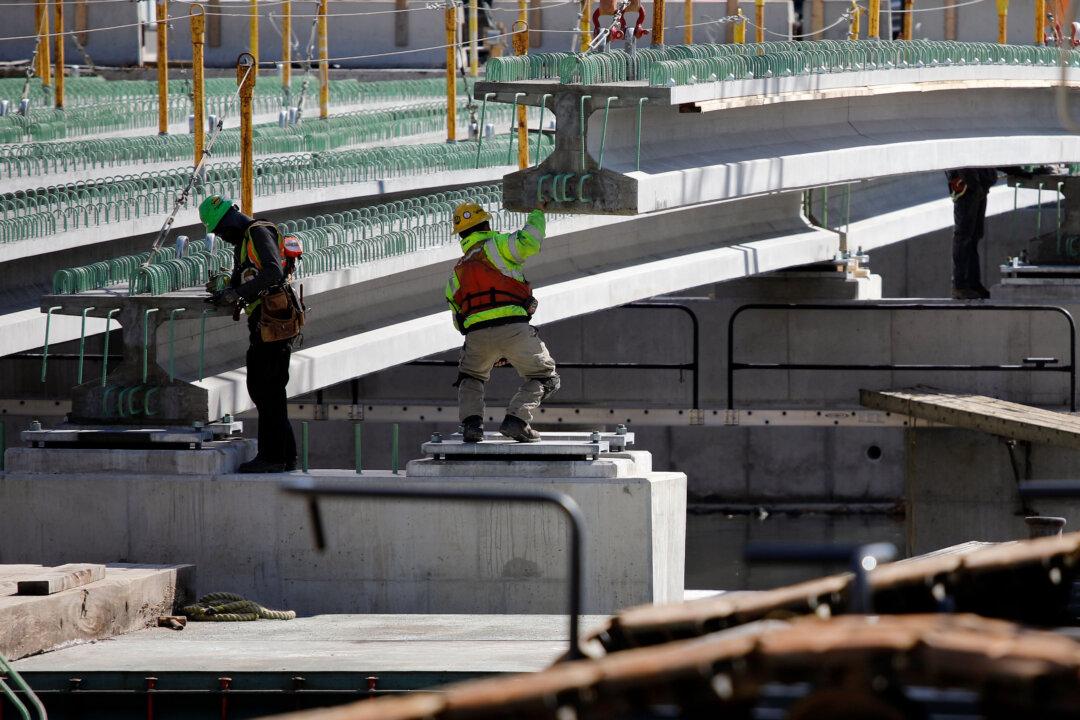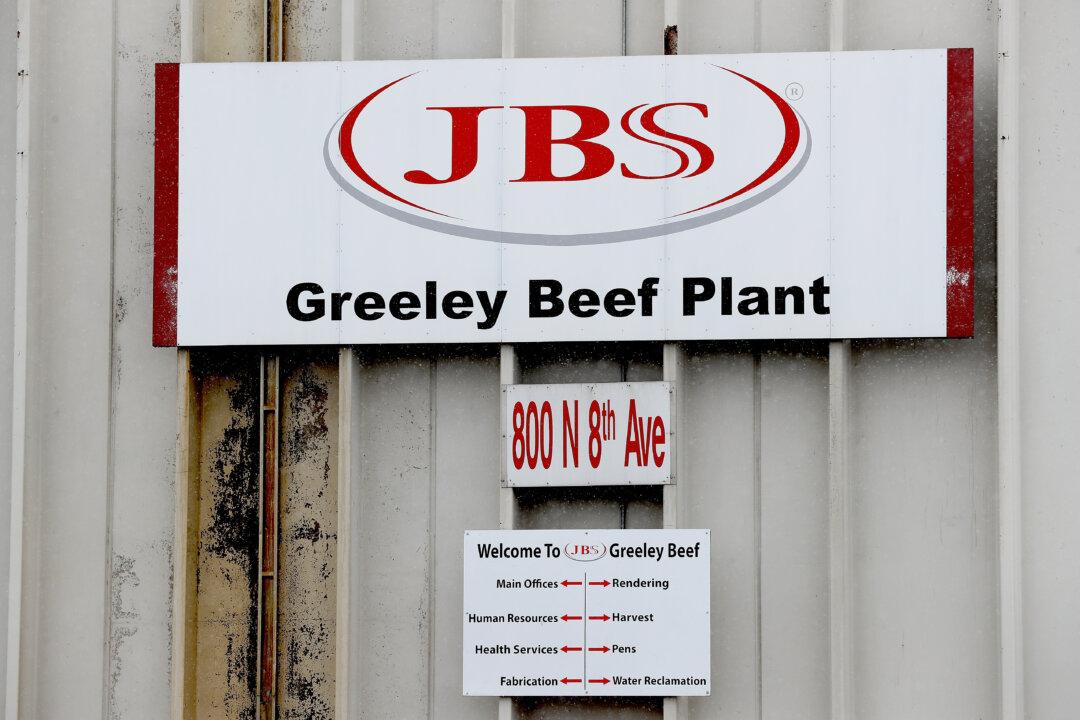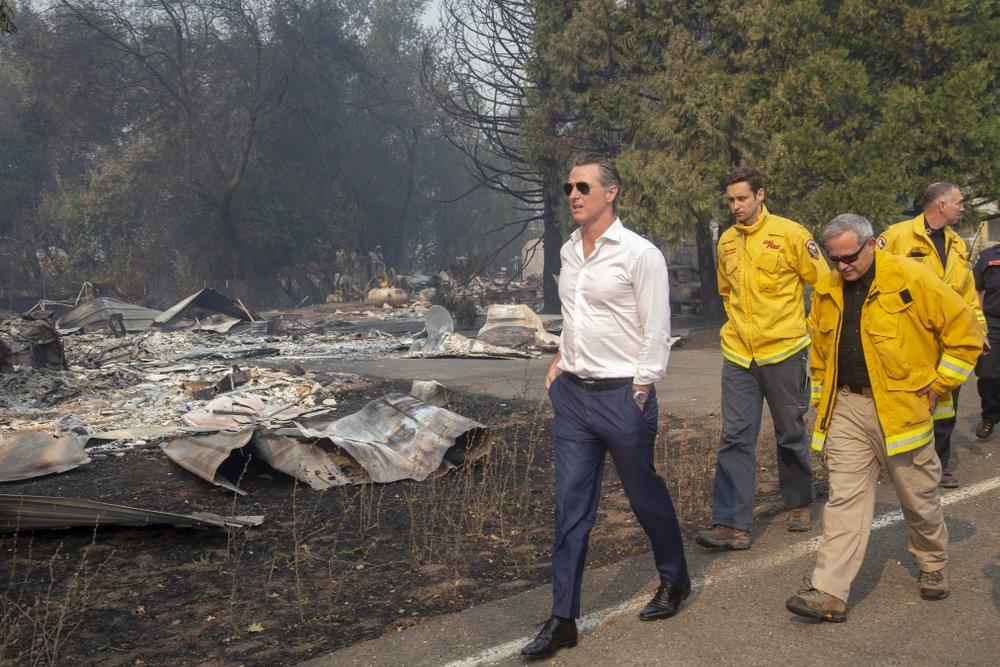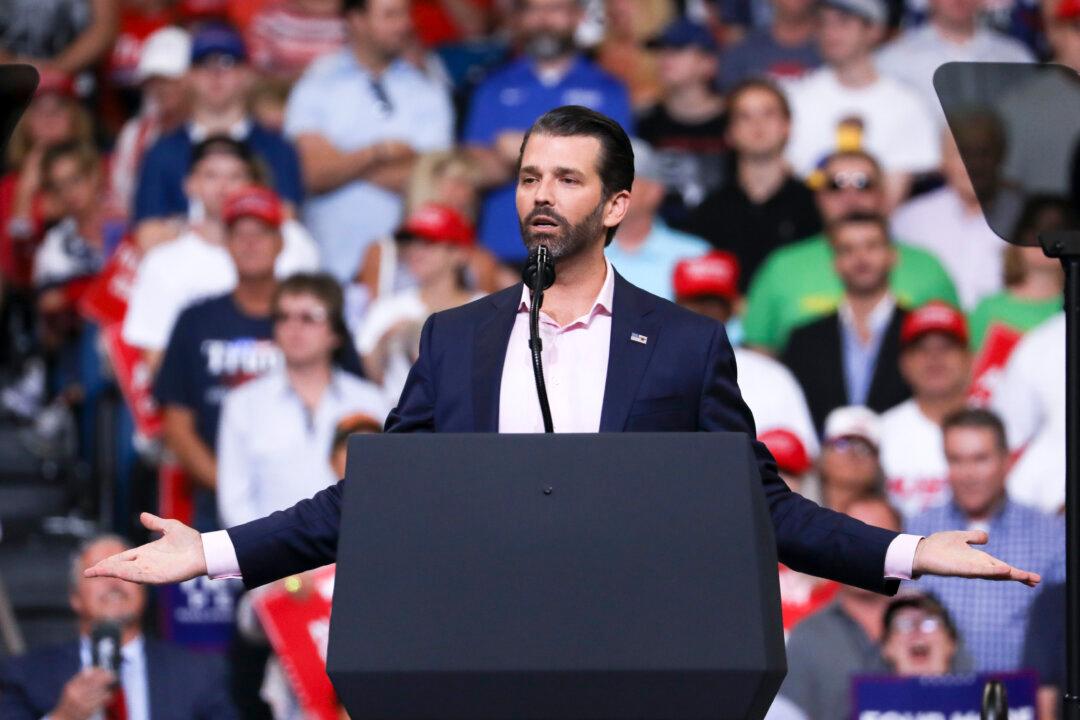President Donald Trump has signed an executive order that grants emergency powers to government agencies to fast-track and expedite the permitting process for infrastructure and energy projects.
According to the White House, the damage caused to the economy by the CCP virus means that without intervention, the United States would likely face a sustained and protracted recovery period characterized by persistently high levels of unemployment.





